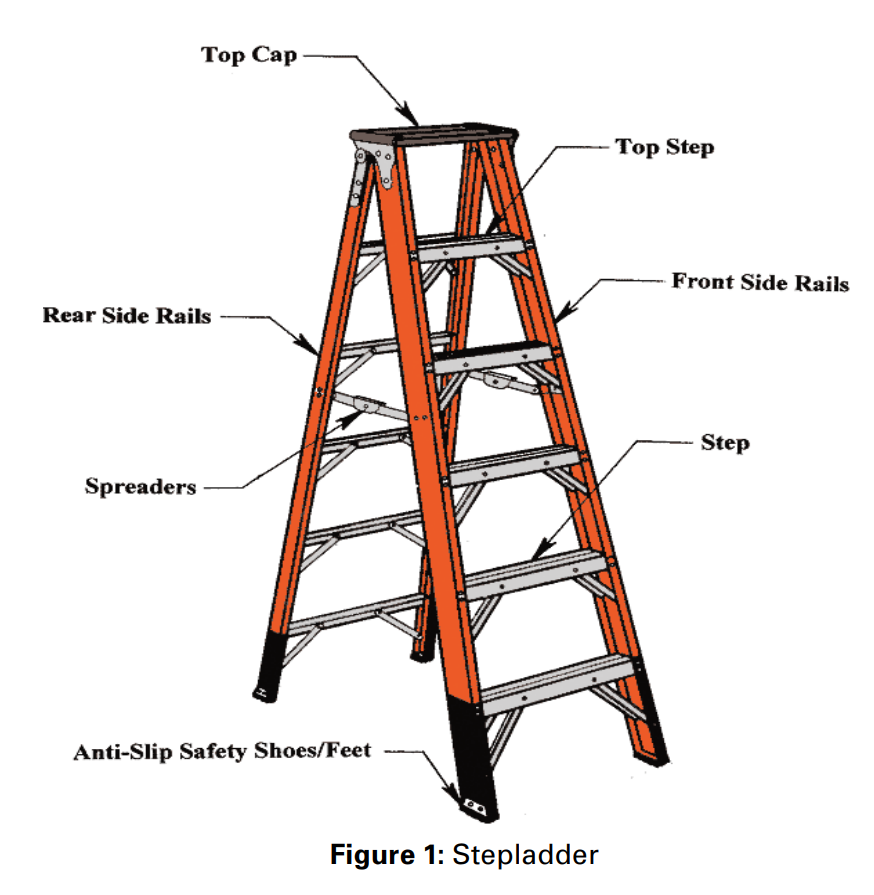Is Carpet a Dust Trap or Source?
The short answer is both.
Proponents of carpet often say carpet is a dust sink or trap, and only creates indoor air quality (IAQ) problems when the sink overflows, i.e., if you remove the dust from carpet through effective vacuuming with proper filtration, carpet does not add measurably to IAQ issues by releasing dust.
In the book, My Office is Killing Me, IAQ expert Jeff May says:
“Some people swear by carpeting. It is not slippery; it is comfortable to walk on, absorbs sound, and can be pleasing to look at. It is also easier to install and replace than a wood floor and is usually less costly. Carpeting is an ideal floor covering, but unless it is manufactured, installed, and maintained properly, carpeting can be a significant source of a variety of IAQ contaminants.”
He continues: “The Carpet and Rug Institute claims that carpeting acts as a filter and can store dust until it is vacuumed away. Unfortunately, it is impossible to vacuum all the dust out of a carpet. A solid-surface floor (wood or vinyl) measuring 8 feet by 8 feet has the same floor [coverage] as carpet measuring 8 feet by 8 feet: 64 square feet. But the actual surface area of the carpet is more than fifty times greater than that of the vinyl or wood floor, because each of the many carpet fibers has a surface that contributes to the total surface area of the carpeting. Dust can be trapped on, between, and below the fibers and become nutrients for microbes. Add moisture, and microbial growth begins. Such dust and contaminants can become airborne when disturbed. One study found that dancing on carpeting as compared with dancing on a hardwood floor produced nine times as many aerosolized particulates.” [Reference: Ferro, A.R., Kopperud, R.J. & Hildemann, L.M., “Source strengths for indoor human activities that resuspend particulate matter,” Environmental Science and Technology, published online, doi:10.1021/es0263893 (2004)]
See also this response to a question posed to Dr. Maria Oliver, Principal Scientist at InBio:
Q: When testing for allergen reduction in the context of cleaning or vacuuming carpet, does the level of carpet-embedded allergen track with airborne?
A: Yes it does, but it is allergen-dependent. Smaller allergens such as [cat dander] [consist of] tiny [particles] that cling to carpet, furnishings, and are also airborne; so that some allergens are just found “permanently” in the air. If, for example, you sit on a sofa, you may create a cloud of dust containing cat dander. Removing allergens from carpet helps, but it may not take them out of the space completely.”
More information on this soon.




